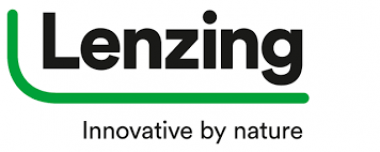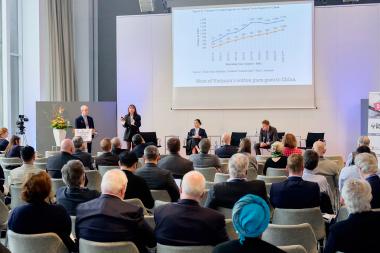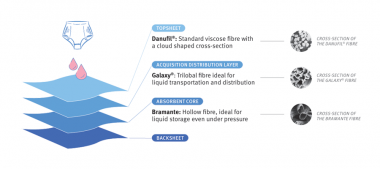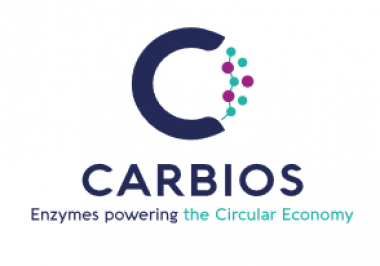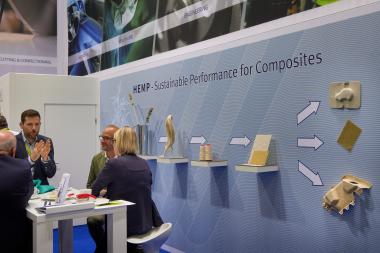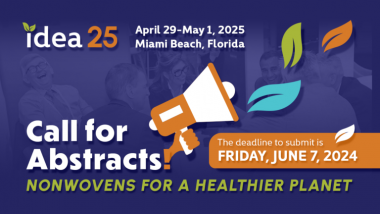Carbitex: Global team with strategic new hires
Carbitex – a leader in flexible carbon fiber composites focused on footwear, travel, and accessories – announces the appointment of Filippo Sartor to Vice President of Global Sales and Sam Gardner to the role of Vice President of Engineering and Operations. After a restructuring of manufacturing operations and the return of Carbitex founder, Junus Khan, as company president in 2023, the brand welcomes two strategic hires to catalyze the next phase of the leading materials brand.
With over 20 years in the footwear industry, including nearly 11 years as the Global Senior Sales Manager at JV International, official worldwide licensee for Michelin Soles, Sartor brings high level sales expertise within performance footwear and material innovation. With extensive focus on building new business in the US and Far East, and based in Milan, Italy, Sartor is uniquely positioned to help propel Carbitex globally into the next chapter.
Gardner, based in Renton, Washington, will manage product development and manufacturing at Carbitex. With time at Square One Distribution - a long-time Carbitex brand partner in the wake and waterski segment - and most recently as VP for Union Aquaparks, Gardner has considerable experience designing new products and managing sourcing, logistics, and supply chain. His background will help Carbitex strengthen both factory and brand partner relations and push product innovation.
These recent hires position Carbitex to better serve strategic brand partners, achieve forecasted growth in the short and long term, and expand global market presence.
Carbitex
Carbitex







